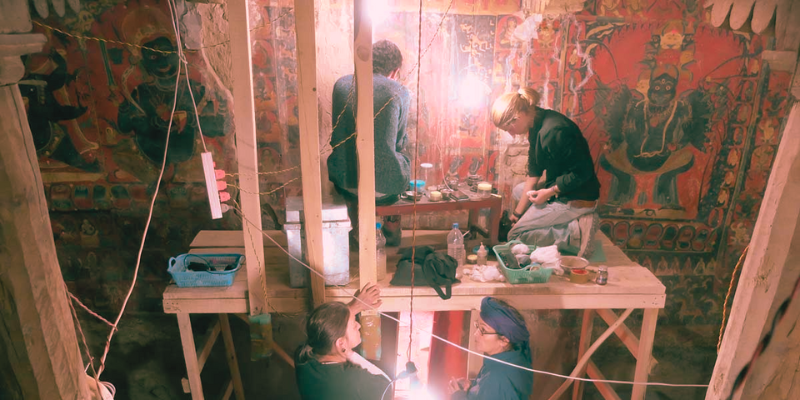What is Architectural Conservation?
Through well thought-out interventions, an architectural conservator is a specialist tasked with safeguarding and maintaining the historical, material, and design integrity of built heritage. Architectural conservation focuses on the physical structure of buildings subjected to uncontrolled external conditions, whereas historic preservation concentrates on more general cultural and historical aspects of the built environment. The role takes a multidisciplinary approach and calls for expertise in a variety of fields, including environmental control systems, chemistry, biology, materials sciences, building sciences, and the history of architecture and construction.
In the 1980s, architectural conservation gained popularity and brought scientific conservation ideas to the field—particularly in the U.S., where such techniques were not as prevalent. By studying, analyzing, conserving, and restoring the historic building fabric, architectural conservators bring historic structures closer to the fields of architecture, design, engineering, and construction.
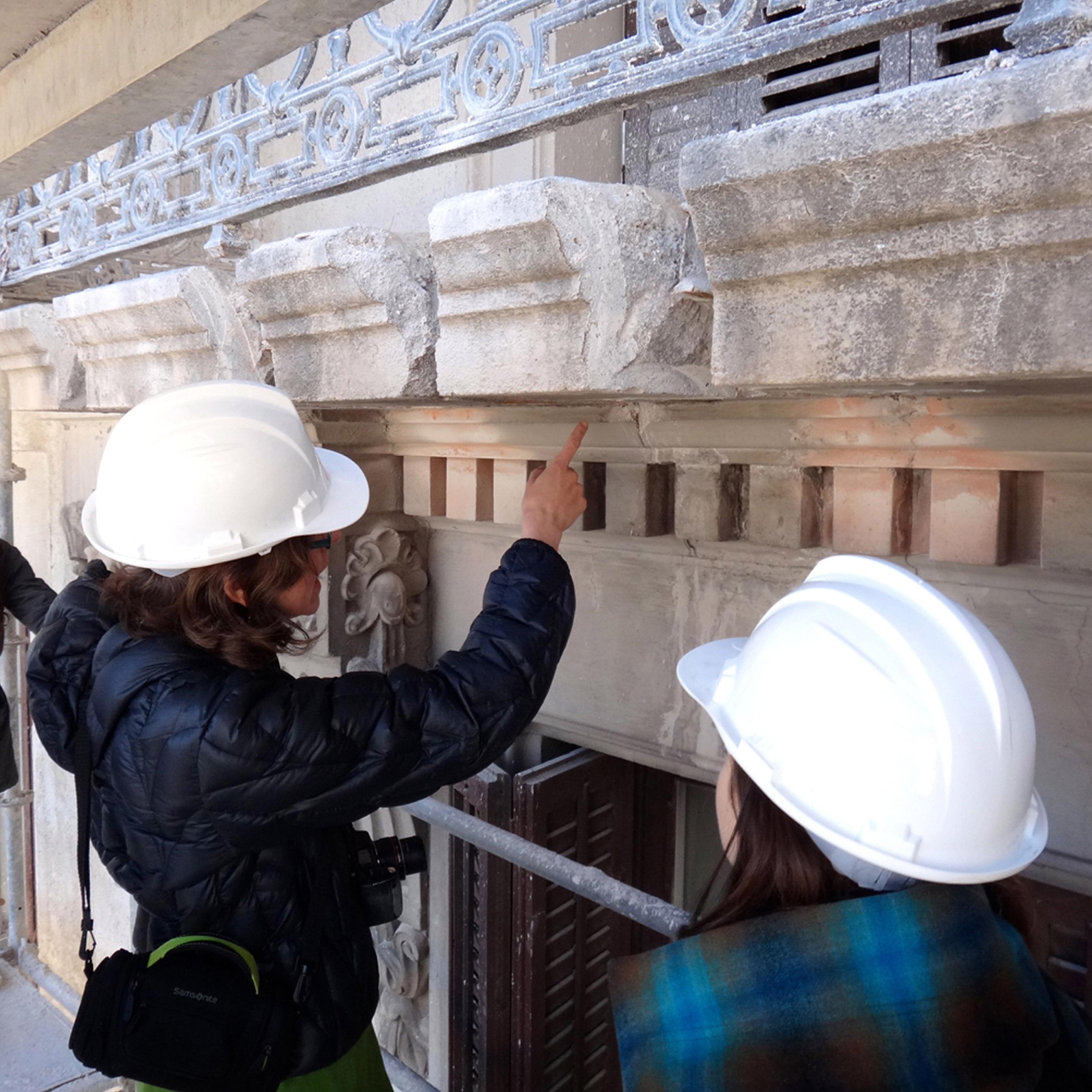
Importance of Preservation Of Cultural Heritage
Cities’ cultural and historical identities are crucially preserved through architectural conservation. Historic urban areas have played a crucial role in forming the social fabric by serving as locations for business ventures, community meetings, and cultural events. In order to adapt ancient spaces to modern requirements, the concept of revalorization—which highlights the significance of urban education in reframing cultural and historical value—becomes crucial.
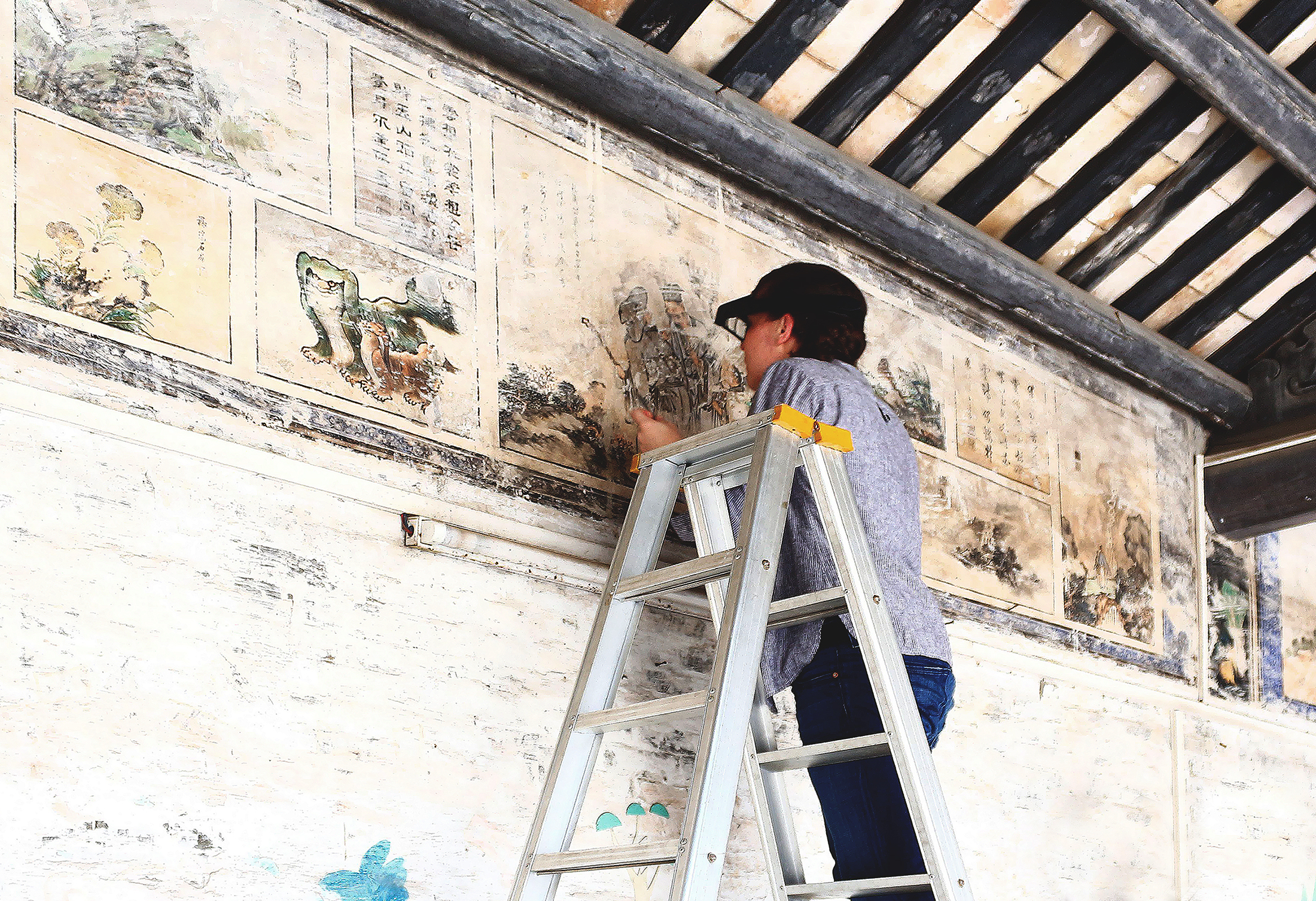
Preserving historical buildings and sites is essential to conserving and appreciating cultural heritage. In order to preserve heritage structures and ensure their relevance for upcoming generations, the procedure entails protecting, managing, and restoring them. By contributing to written history and enabling people to comprehend architectural styles, preservation offers insights into the past. The study of well-preserved monuments, such as the Acropolis in Athens or the architectural creations of Pakistan’s Kamil Khan Mumtaz, helps modern architects comprehend historical design principles. Beyond fostering historical connections, preservation encourages travel by providing instructive opportunities. Famous examples are the Badshahi Mosque in Lahore and Barcelona’s La Sagrada Familia, which both act as aesthetically pleasing testaments to the spirit of culture and architecture.
Conservation Architects in India
Given below are 5 conservation architects of India working towards preserving of our cultural heritage:
1. Abha Narain Lambah

Abha Narain Lambah is a well-known personality in conservation architecture with twenty years of experience. Abha Narain Lambah Associates, her company, was founded in 1998 in Mumbai and holds nine UNESCO Asia Pacific awards for conservation and restoration work. The company specializes in architectural conservation, restoration, and museum design. Lambah has worked as a consultant for historical conservation groups and as a member of Delhi and Mumbai heritage committees. The Maitreya Buddha Temple, Jai Vilas Palace, Prince of Wales Museum, and Nehru residences are a few of her noteworthy achievements.
The Ajanta Caves, a UNESCO World Heritage Site that showcases Buddhist rock-cut architecture and ancient Indian art from the second to the fifth centuries AD, were conserved under the direction of Abha Narain Lambah Associates. In 2012, the initiative was granted the UNESCO Asia Pacific Award of Merit. Through a public-private collaboration, a 15th-century Shaivite temple in Hampi, Karnataka, was conserved as part of another project. From 2003 to 2011, the site works and conservation plan for the temple were recognized.
2. ABM

Mumbai-based ABM Architects provides architectural solutions for public, institutional, commercial, residential, and religious projects. The firm specializes in historical conservation. Founded in 1972 by Alfaz Miller, the company combines youthful employees with seasoned leadership. Notable projects in their portfolio include the renovation of the TATA Global Beverages building in Horniman Circle Garden (2015) and the sculptural installation by Kala Ghoda (2016–2017). ABM’s renowned reputation and 80% project origination rate from devoted clients can be attributed to its client-focused strategy, superior design, and dedication to heritage preservation.
3. Vikas Dilawari
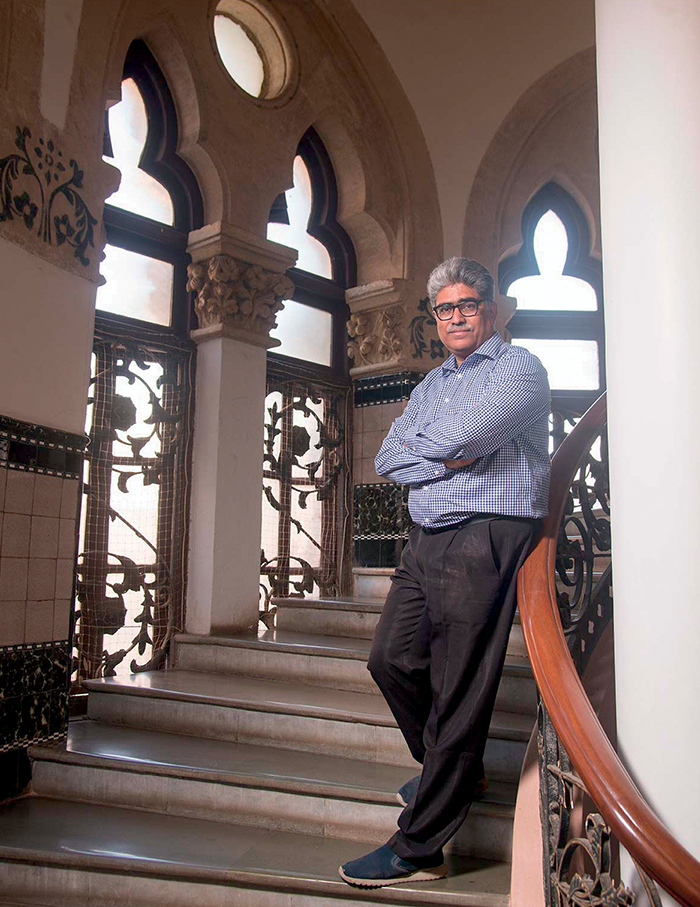
With thirty years of expertise, Mumbai-based conservation architect Vikas Dilawari is a seasoned professional. Through the course of his varied project portfolio, Vikas Dilawari Architects has been recognized with 17 UNESCO ASIA PACIFIC Awards for Cultural Preservation in Southeast Asia. Advocate of cautious experimentation in the developing field of conservation, Dilawari works on a variety of projects involving historic houses, palaces, museums, cathedrals, and contemporary buildings such as banks and offices. The JN Petit Library, Sacred Heart Church, the Esplanade House, and the Dr. Bhau Daji Lad Museum in Mumbai are a few notable projects.
4. Abhikram

Abhikram is an Ahmedabad-based consulting company that specializes in heritage protection for municipal, institutional, commercial, residential, and religious projects. The company was founded in 1979. Panika was established in 2001 with the goal of sharing Abhikram’s experience. Reviving the 17th-century Panna Meena Ka Kund and restoring the Chanwar Palkhiwalon Ki Haveli in Amber are two notable conservation projects that demonstrate a dedication to responsible architecture using conventional techniques. Craftspeople and locals actively participated in the restoration process, highlighting the applicability of ancient materials and technology in modern settings.
5. Aishwarya Tipnis Architects
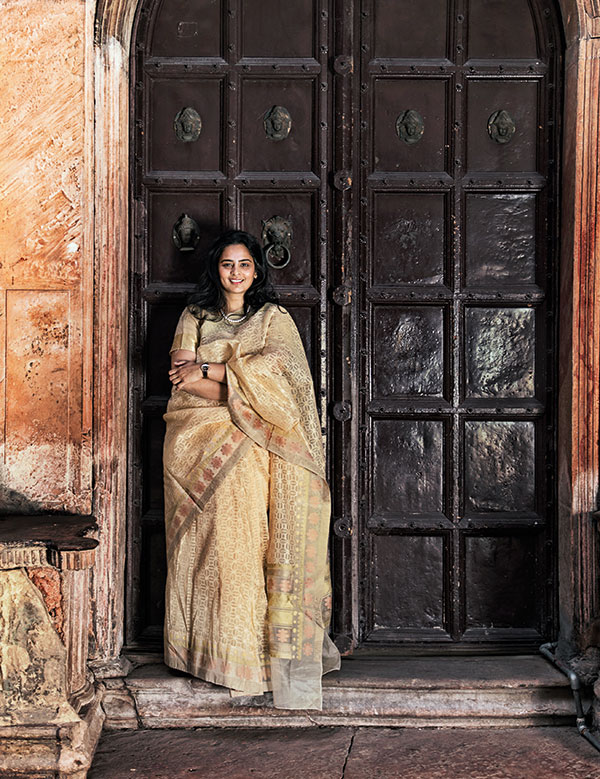
Aishwarya Tipnis Architects is led by conservation architect Aishwarya Tipnis, who is located in Delhi and specializes in heritage management, building restoration, and architectural conservation. British-trained, she combines local and international perspectives. Tipnis, who was awarded the UNESCO Award for Heritage Conservation and the French government’s Chevalier des Arts et des Lettre, has worked on a variety of projects, including the restoration of Gobindgarh Fort and Laxmi Niwas Palace.
References:
- Rethinking The Future- List of Heritage Conservation Architects in India
- The Decor Journal- 5 ARCHITECTS BEAUTIFYING HERITAGE THROUGH CONSERVATION ARCHITECTURE
- USA Conservation.org- What is Architectural Conservation?
- Hniloskurenko, M. V., Skoryk, L. P., & Skoryk, L. P. (2021). The leading importance of architectural conservation areas for the establishment of a modern system of interactive recreation in historical cities. Linguistics and Culture Review, 5(S4), 1312-1324. https://doi.org/10.21744/lingcure.v5nS4.1783
Read More:
Architectural Harmony: The Transformative Influence of Eastern Philosophy on Modern Architecture

